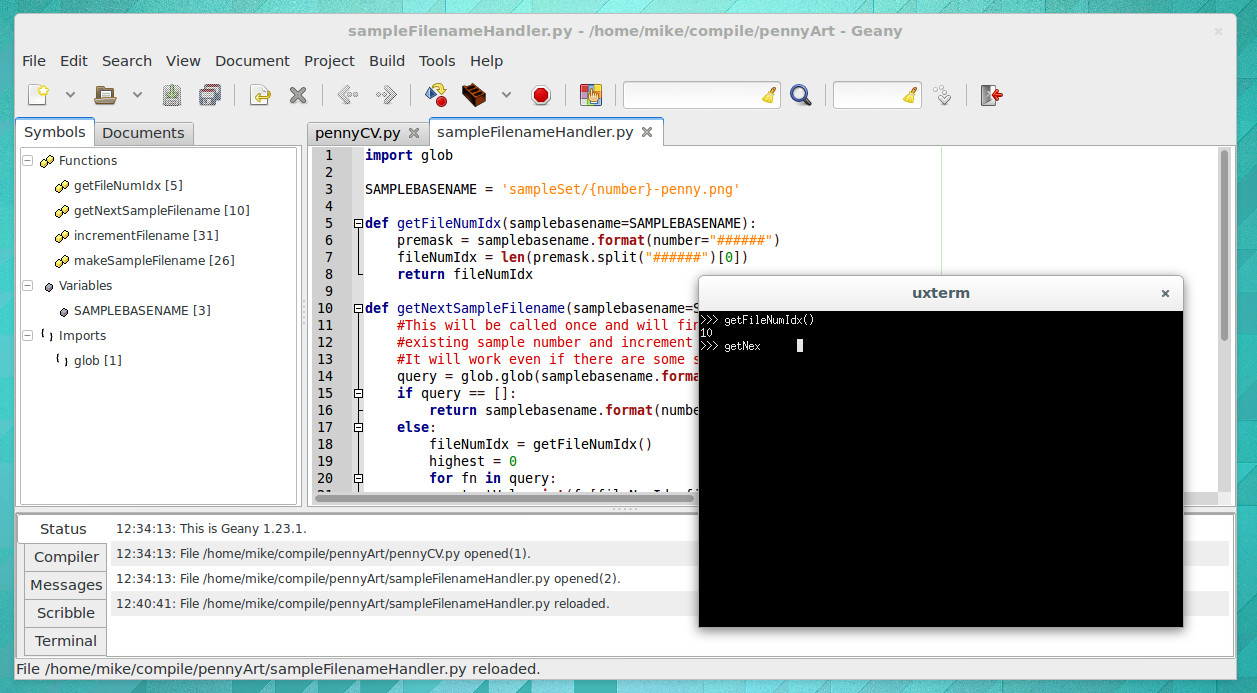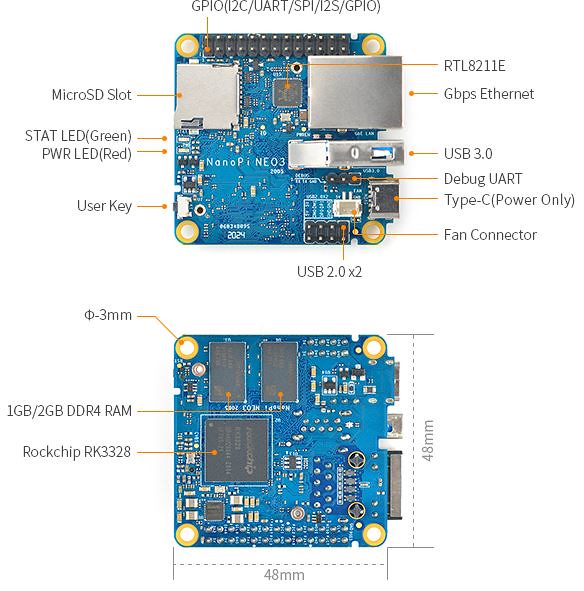

In the image you can also see the cut away flanks of the box that otherwise would make it too broad to fit). So I added heat shrink tube to the holes for the receiver and sender, fixating it with superglue (The image only shows one hole covered, but the second also received shrink tube. Next, the openv article warns you that, if not properly shielded, there may be cross-talk between sender and receiver. Worked nicely on first try! The plastic gets rather scratched, but who cares… V shape in hot glue Along these lines, I applied hot glue (several layers – 3D printing for the poor 🙂 ), which then, using a sharp paper knife, I cut into the required V shape. The transparant housing allowed to use a permanent marker to copy the V shape onto the plastic. Perhaps you can find one at your local watchmakers or jewelers shop if you face the same task. It measures about 24 × 36 × 6 mm, which is slightly too broad, so you’ve to cut away the left and right flank. Detail: The Optolink and the V shaped gapįirst, I was lucky to find a plastic housing that nearly perfectly fit into the rectangular hole in front of the interface: A box that contained spring bars for wrist watches. Of course the best way would to 3D-print your own (and people have), but since I lack a 3D printer, I had to get creative. The V-shaped gap between sender and receiver is the only mechanical reference, and the original cable has a matching V-shaped protrusion to fit into the gap ( Click here for an image of the original cable and the V shaped protrusion). There is mainly one challange when building your own interface: The “V”. You can of course buy an original Viessmann Optolink cable, which does include an UART to USB bridge, but that sets you back by about 60 € – and where’s the fun? So I decided to build one myself, following the instructions for the Raspberry Pi UART interface from openv. Many commands are identical across a lot of heatings, but others are behaving differently for each model or exist just for one or a few models.īut first: Building the OptoLink Connector vcontrold accepts an XML file that defines all commands the individual heating model understands and here’s my todo: I need to work out the specifics of Vitovalor 300-P with its Vitotronic 200 RF HO1E control unit. So, what remains to be done? Well, while OptoLink is kind of established, each and every Viessmann heating speaks its own dialect. There exists a simple and cheap circuit for interfacing with Raspberry Pi’s UART, and the vcontrold daemon that does all the communication with the heating, providing a concise command line interface via telnet for access from other programs. Many, many thanks for their efforts and the great wiki pages and software! The Optolink interface (Left of the “V” shaped gap: receiving side, right sending side)
Install nedit pi how to#
And since this is kind of a standard interface for nearly any Viessman heating since at least a decade, other enthusiasts have already done all the hard work to figure out how to interface with such heatings – mainly the openv project (mostly in German – sorry).
Install nedit pi serial#
However, the heating features an OptoLink interface, which is basically an infrared (860 nm receiver, 880 nm sender) serial interface with a standard UART, using 4800 baud, 8bits, even parity and two stop bits with no handshake (4800,8,E,2).

This already allows me to use a smartphone to control the heating from abroad, and also offers a very detailed glance into every system parameter and measurement from the vitodata-website (very cool!), but there is no API to use for my own interfacing and purposes.

And of course I want to integrate this into my home automation! The heating comes with a LAN interface which connects it to Viessmann’s cloud service.

Since a few weeks its in my cellar: A brand new heating that sports a fuel cell module! Top notch! 🙂 Its a Vitovalor 300-P by Viessmann. Disclaimer: Interfacing with your heating system as described here is happening at your own risk! There is no official support for this by Viessmann, and the methods shown here may potentially damage your device! My New Fuel Cell Heating


 0 kommentar(er)
0 kommentar(er)
